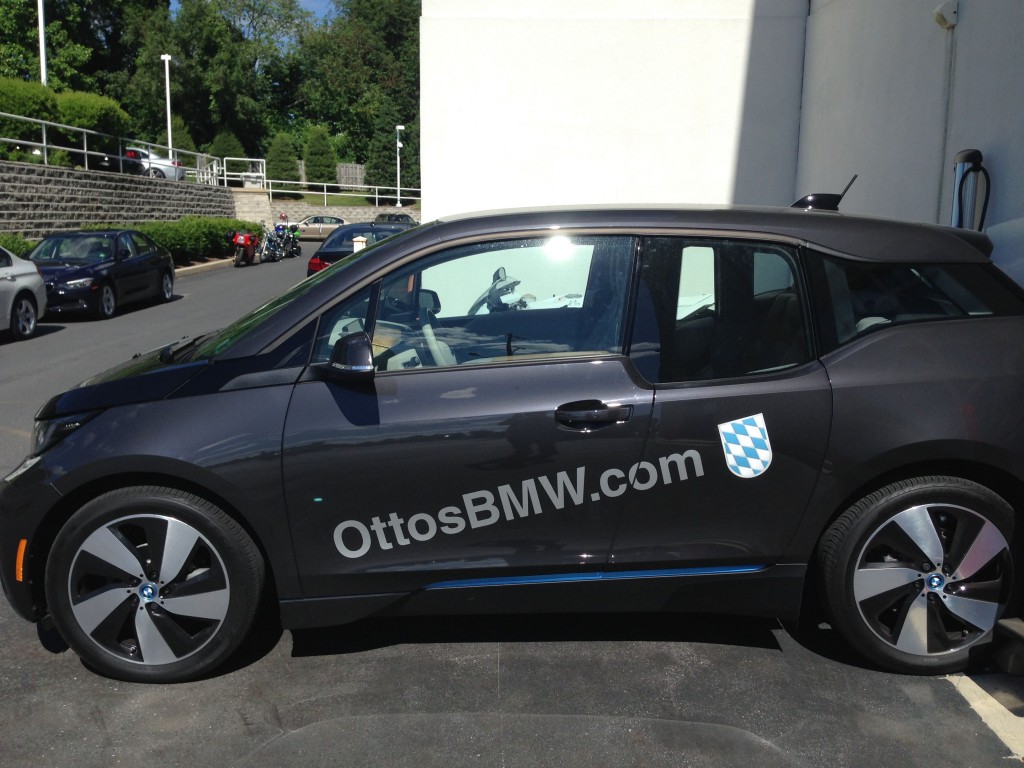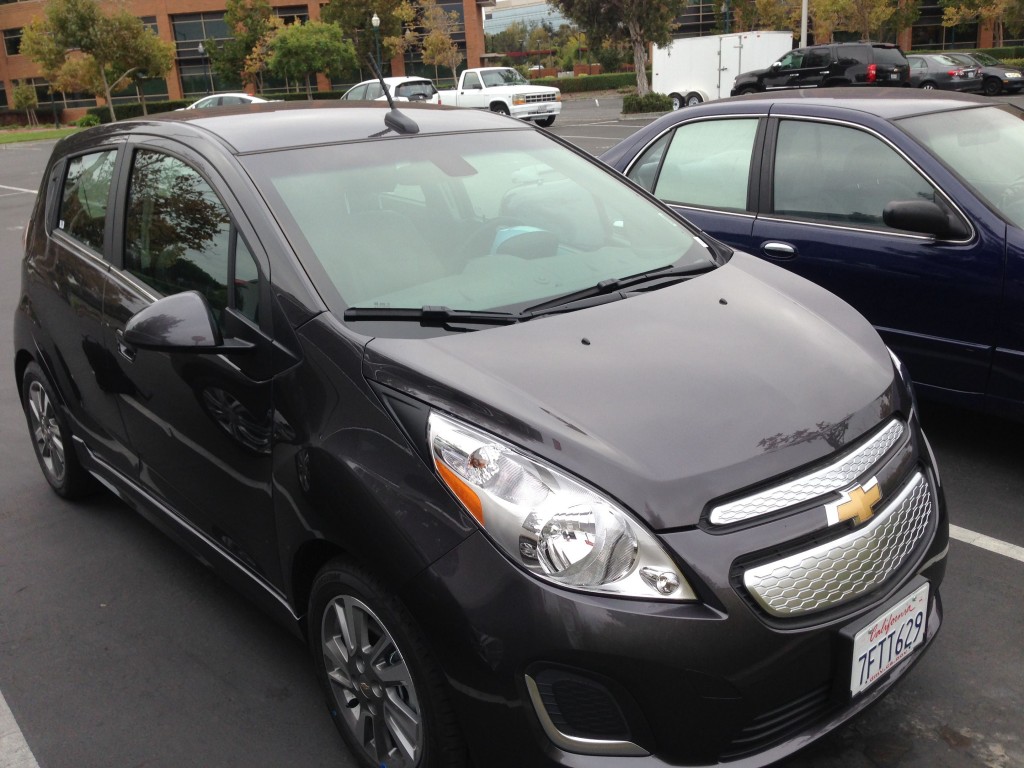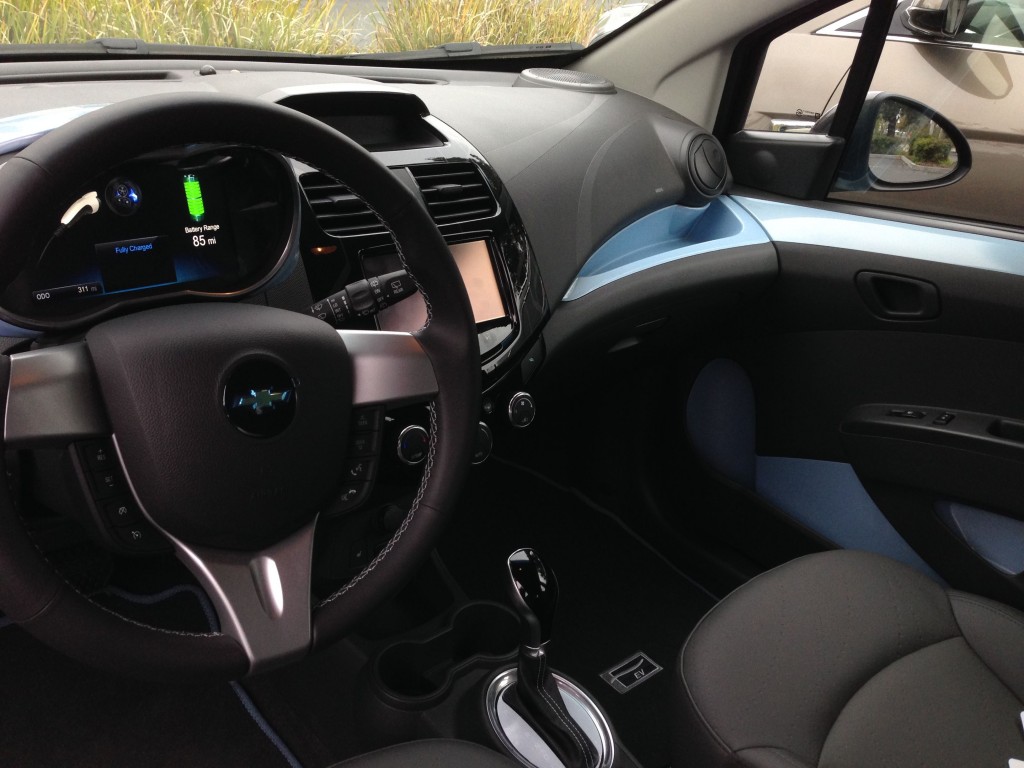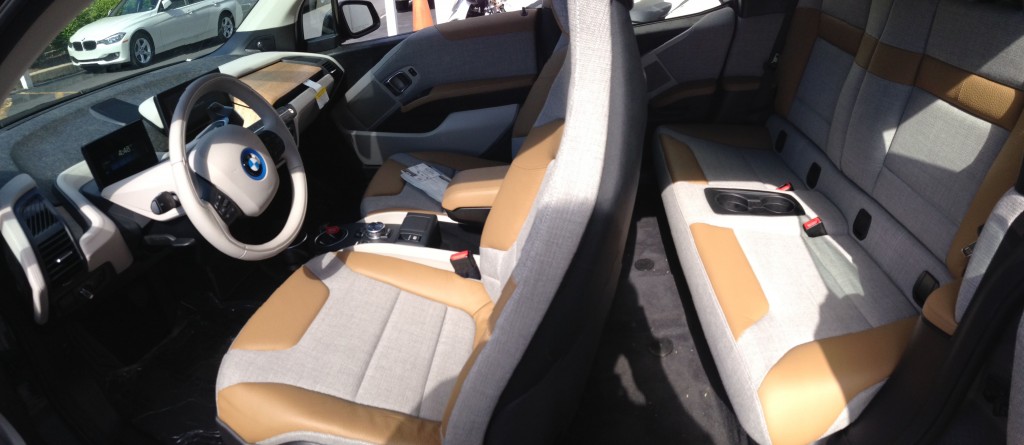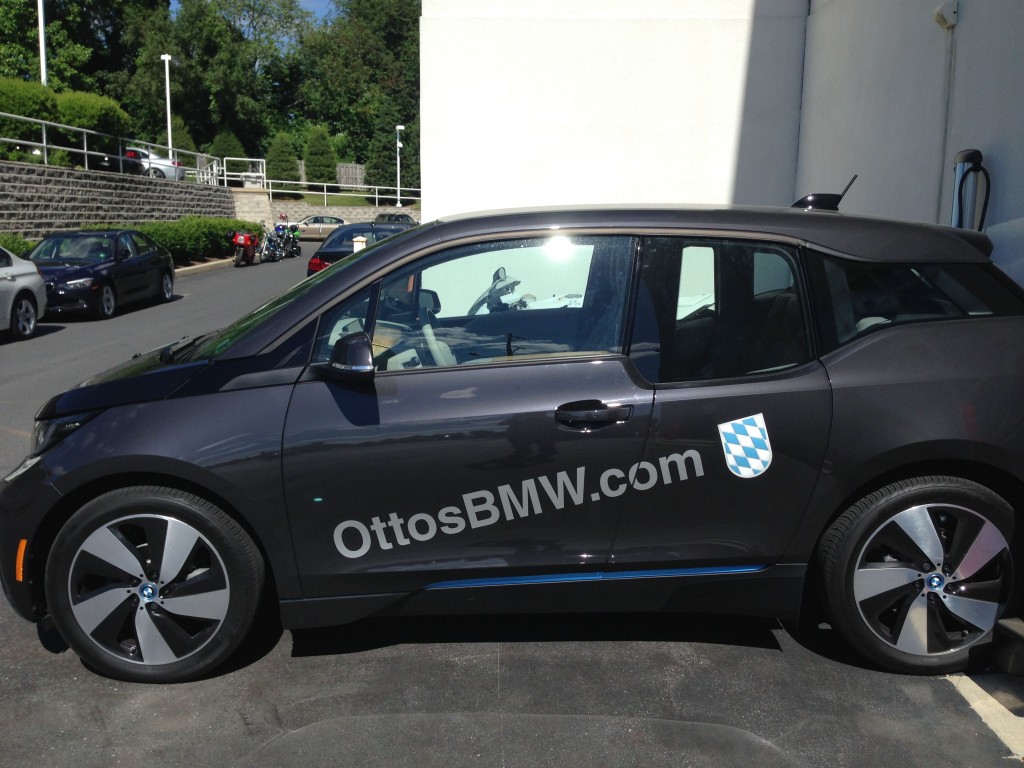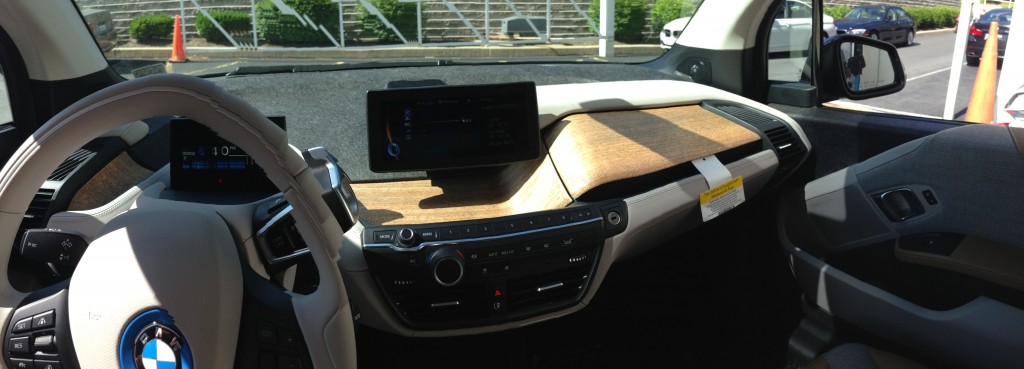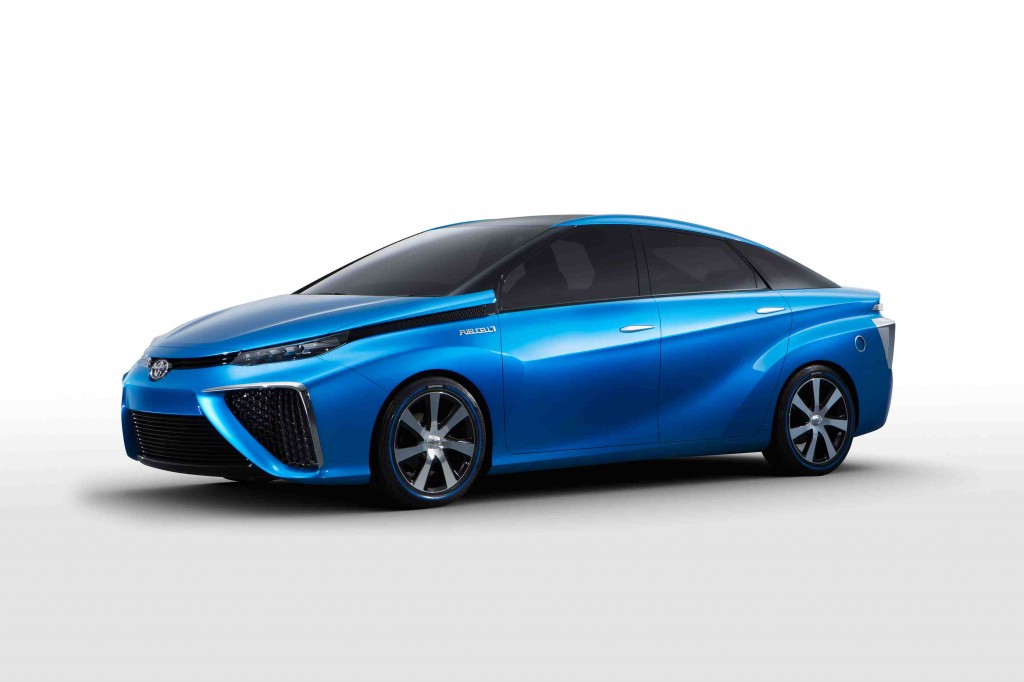The new chevy Bolt has a 60KWh Battery. Below is nice article. I am happy to see any entry in the market as I believe all entries help the entire segment.
New Chevy Bolt battery Pack info
Short and fast visit to CCS combo fast charger near Philadelphia
Here is a short video of a fast charging experience at the Royal Farms gas station/rest area using the new CCS combo charger provided by charge point network.
Bmw I3 Extended Test drive
A short video where we take a trip past the battery to test the REX and get feedback from the usage.
Concept Chevy Bolt
Today Chevy Announced the new Concept Chevy Bolt. A 200 mile Range Pure EV. I hope it makes it to the market. Looks great
The future of the long-range, all-electric vehicle, the Bolt EV concept car takes Chevrolet design in bold new directions. With an estimated range of over 200 miles and a projected price of approximately $30,000†, the concept car represents Chevrolet’s vision for an affordable, global EV solution.
Some pictures from my Chevy Spark EV rental
Had a chance to rent a Chevy Spark in SFO and here are some pictures. Very nice little EV fast and Spunky. Kinda Bare bones people mover but does the job.
2015 BMW I3 test Drive
Stopped by a local BMW dealer, Otto’s BMW of West Chester PA. Scott Gatley, was kind enough to let me film the test drive, to get a first look as if we just stopped by the showroom. This was not rehearsed or scripted so thanks to Scott and the nice folks at Otto’s for being so open to the experience. I think it feels real and gives you a nice experience at the same time. The car is a great EV. I think it hits a great balance between performance, driving experience and range. Check out the car when you have time and let me know what you think.
Visit Scott Gately at Otto’s BMW
Visit Scott Gately at Otto’s BMW
EV Charging Station App For Google Glass Launched
Nissan Leaf new range goal ? 135-mile ???
Is the leaf losing it’s edge as the premium mid-priced EV?
Toyota Fuel Cell Concept Sedan Debuts at 2014 Consumer Electronics Show
TORRANCE, Calif., (Dec. 18, 2013) – Toyota Motor Sales, U.S.A., Inc., will debut the FCV, a sedan based fuel cell vehicle, at the 2014 Consumer Electronics Show in Las Vegas. The reveal will feature the North America debut of the concept vehicle as well as an introduction to the fuel cell “test mule”, which logged thousands of miles during rigorous quality and durability testing on U.S. roadways. Toyota’s news conference will be held Monday, January 6 at 1:00 PM at the Mandalay Bay Conference Center.
http://youtu.be/EOnOD7TnyfM

